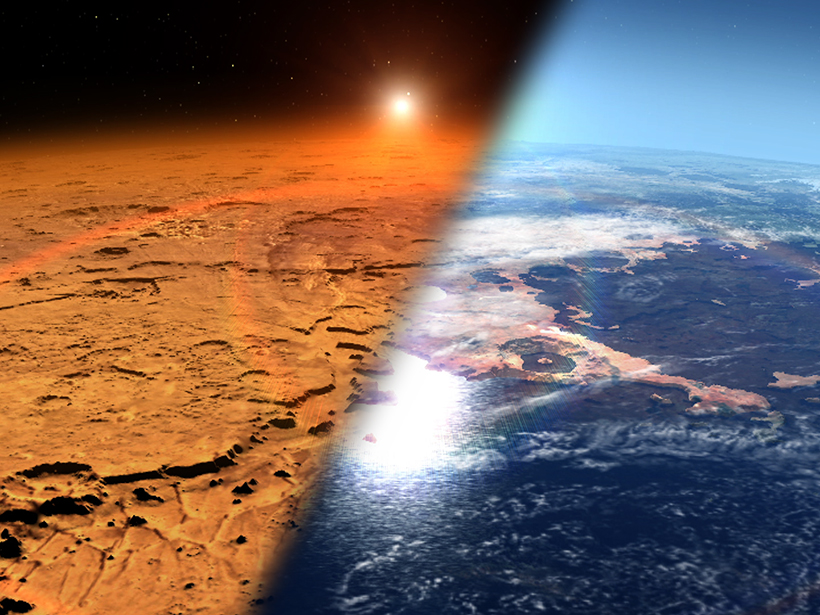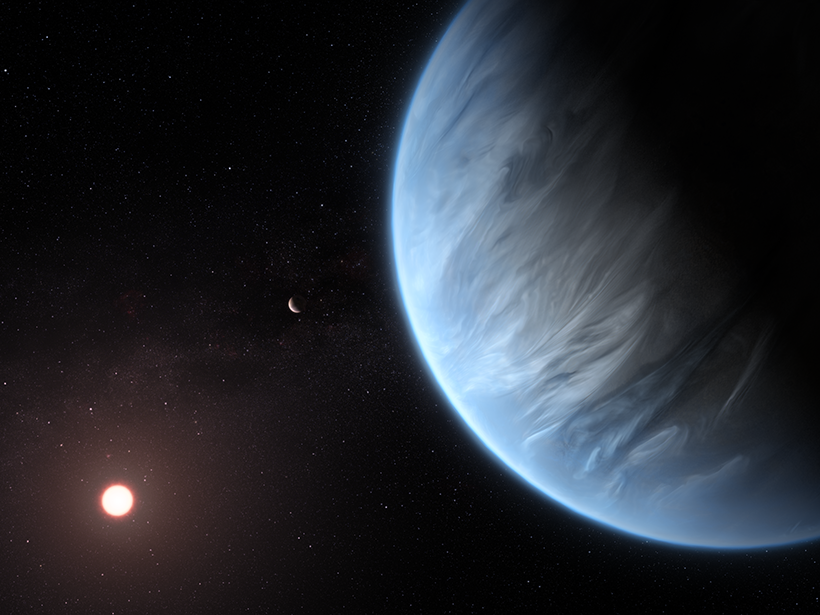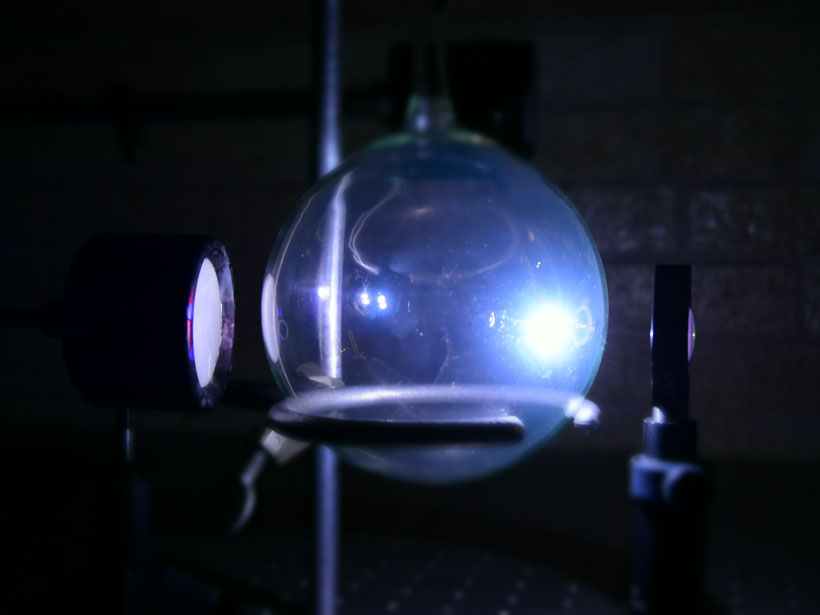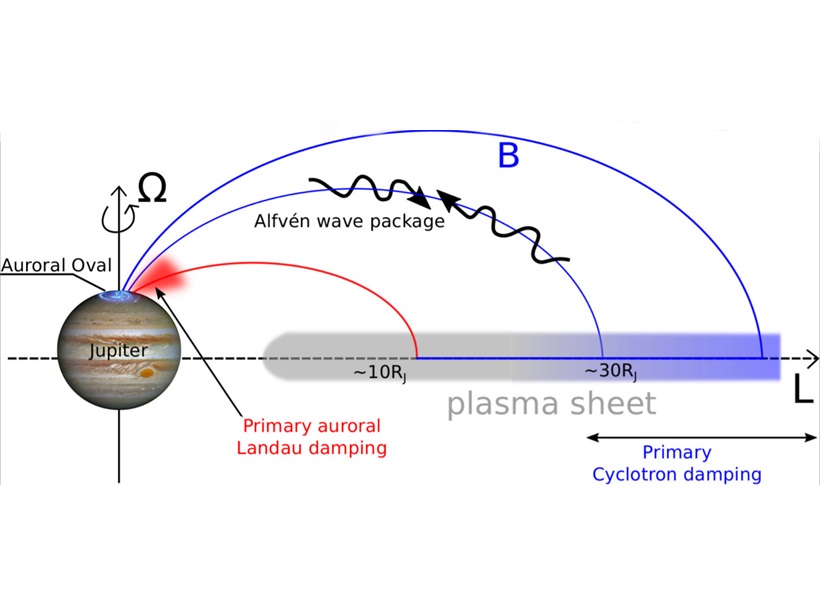Spacecraft observations and model simulations provide new insights into tidal patterns that transport momentum and energy into the planet’s upper atmosphere.
planetary atmospheres
Zhang Receives 2019 Ronald Greeley Early Career Award in Planetary Sciences
Xi Zhang received the 2019 Ronald Greeley Early Career Award in Planetary Sciences at AGU’s Fall Meeting 2019, held 9–13 December in San Francisco, Calif. The award recognizes “significant early career contributions to planetary science.”
Machine Learning Can Help Decode Alien Skies—Up to a Point
Astronomers are testing the tools that might help them keep up with the upcoming storm of exoplanet atmosphere data.
How Mars’s Magnetic Field Let Its Atmosphere Slip Away
A planet’s magnetic field usually protects its atmosphere from being blown away by its star. But new research suggests Mars’s weak magnetic field may have helped its atmosphere escape.
New Type of Storm Spotted on Saturn
In 2018, four massive storms formed near the planet’s north pole, interacting with each other and affecting a full latitudinal band.
Water Found in Small, Habitable Zone Planet’s Atmosphere
K2-18b is warm, has an atmosphere, and has water vapor. But it’s no Earth 2.0.
How Mars Lost Steam
Solar winds are not the main culprit in stripping the planet’s atmosphere, a new study suggests.
Rover and Lasers Unlock Clues to Early Martian Atmosphere
Sediments from the Curiosity rover and experiments using tanks of gas and laser beams helped reveal how water continued to flow on Mars after the planet lost its atmospheric carbon dioxide.
Jupiter’s Stressed Out Magnetosphere Causes Aurora and Heating
Force imbalance between Jupiter’s ionosphere and magnetosphere leads to wave generation to release this stress, but the waves also accelerate particles, causing aurora and heating.
Could Life Be Floating in Venus’s Clouds?
If present, microbes could explain evolving patterns in the planet’s atmosphere when observed in ultraviolet light.









